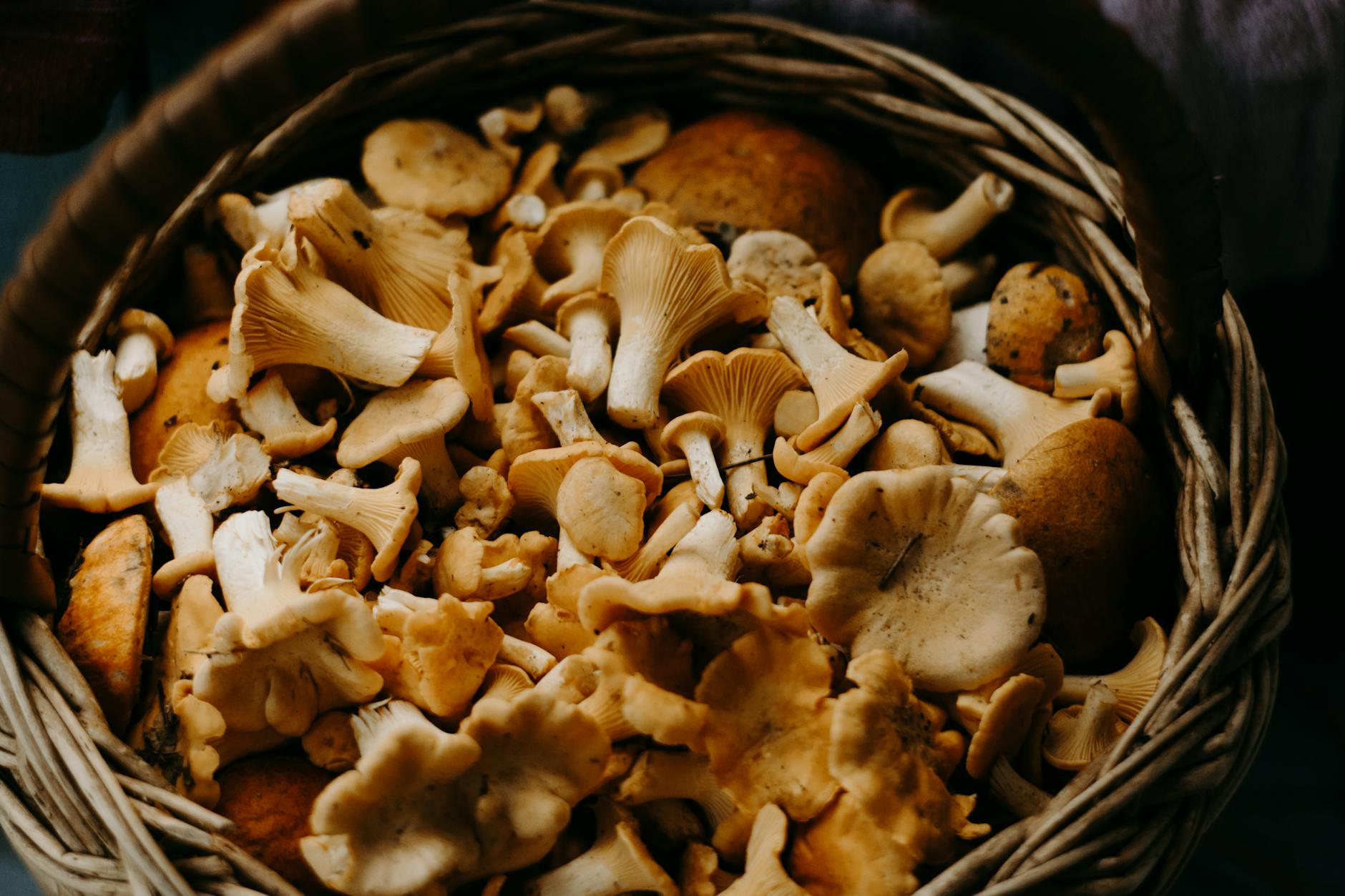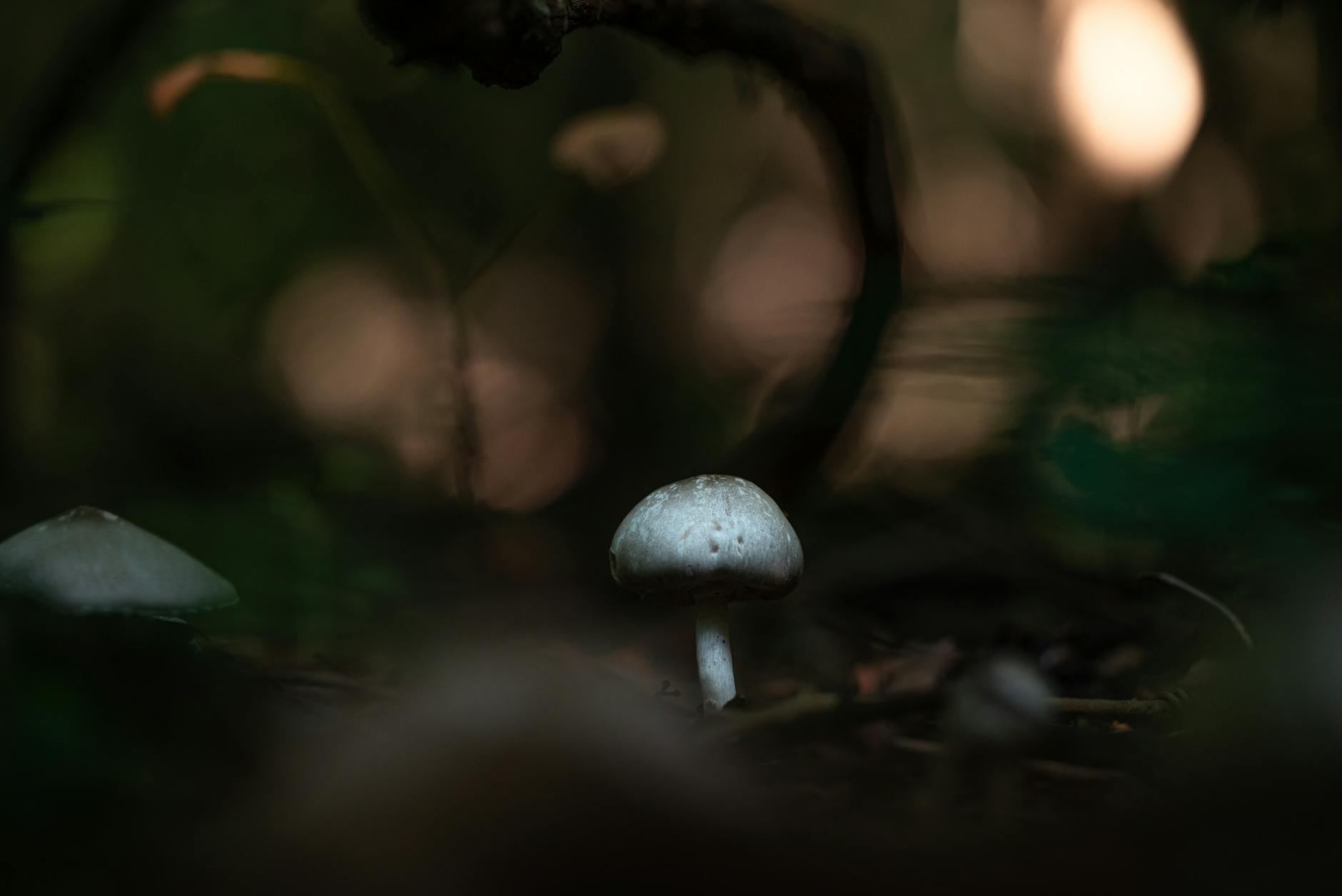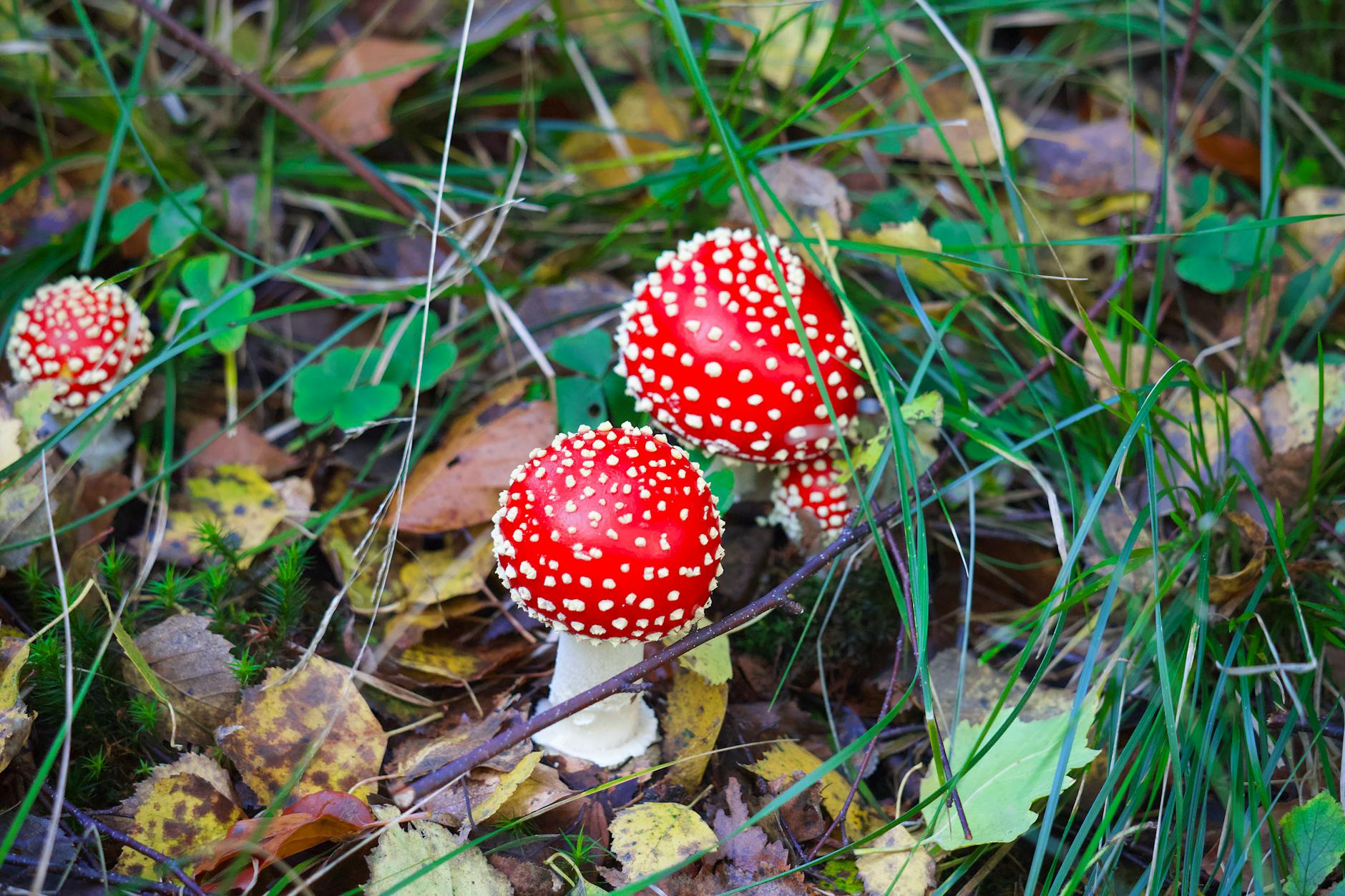Title: The Hidden Dangers of Deadly Mushrooms: Navigating Foraging Risks
In recent years, the trend of foraging for wild mushrooms has gained popularity among nature enthusiasts and foodies alike. The allure of connecting with nature and discovering wild edibles has led many to venture into forests and fields in search of these natural treasures. However, what many foragers may not realize is that certain mushrooms can be deadly if consumed. In this article, we will delve into the risks associated with foraging for mushrooms and how to stay safe while exploring nature’s bounty.
Understanding the Risks of Deadly Mushrooms
Mushrooms are a diverse group of organisms, with some species being prized for their culinary and medicinal properties. However, there are also mushrooms that contain toxins that can cause serious harm or even death if ingested. These deadly mushrooms often closely resemble edible varieties, making them difficult to distinguish for the untrained eye. As such, it is essential for foragers to have a deep understanding of mushroom identification before venturing into the wild.
Identifying Deadly Mushrooms: A Cautionary Tale
One of the most notorious examples of a deadly mushroom is the Amanita phalloides, also known as the Death Cap mushroom. This innocuous-looking fungus is responsible for the majority of mushroom-related fatalities worldwide. With its white cap, gills, and stalk, the Death Cap closely resembles several edible mushroom species, making it a dangerous look-alike for inexperienced foragers. Consuming even a small amount of this mushroom can lead to severe liver and kidney damage, often with fatal consequences.
Staying Safe While Foraging: Tips for Responsible Mushroom Hunting
Foraging for mushrooms can be a rewarding experience, but it is essential to take precautions to ensure your safety. Here are some tips to help you navigate the risks associated with mushroom foraging:
1. Educate Yourself: Before setting out on a foraging expedition, familiarize yourself with the local mushroom species and learn to identify common deadly mushrooms. Consider joining a mycology club or taking a mushroom identification course to deepen your knowledge.
2. Consult Expert Resources: Invest in reliable field guides or apps that can help you differentiate between edible and toxic mushrooms. Consulting with experienced foragers or mycologists can also provide valuable insights and guidance.
3. Practice Caution: When in doubt, err on the side of caution and avoid consuming any mushroom that you are unsure about. Remember that even a small taste of a toxic mushroom can have severe consequences.
4. Teach Others: Share your knowledge and experiences with fellow foragers to raise awareness about the risks associated with mushroom foraging. By promoting responsible foraging practices, you can help prevent mushroom poisoning incidents.
Conclusion
While foraging for mushrooms can be a fun and fulfilling activity, it is crucial to be aware of the potential risks involved, especially when dealing with deadly mushrooms. By educating yourself, practicing caution, and seeking guidance from experts, you can minimize the dangers associated with mushroom foraging and enjoy a safe and rewarding exploration of nature’s diverse fungi. Remember, when it comes to mushroom hunting, knowledge and vigilance are your best allies in navigating the hidden risks that lurk in the forest floor.


